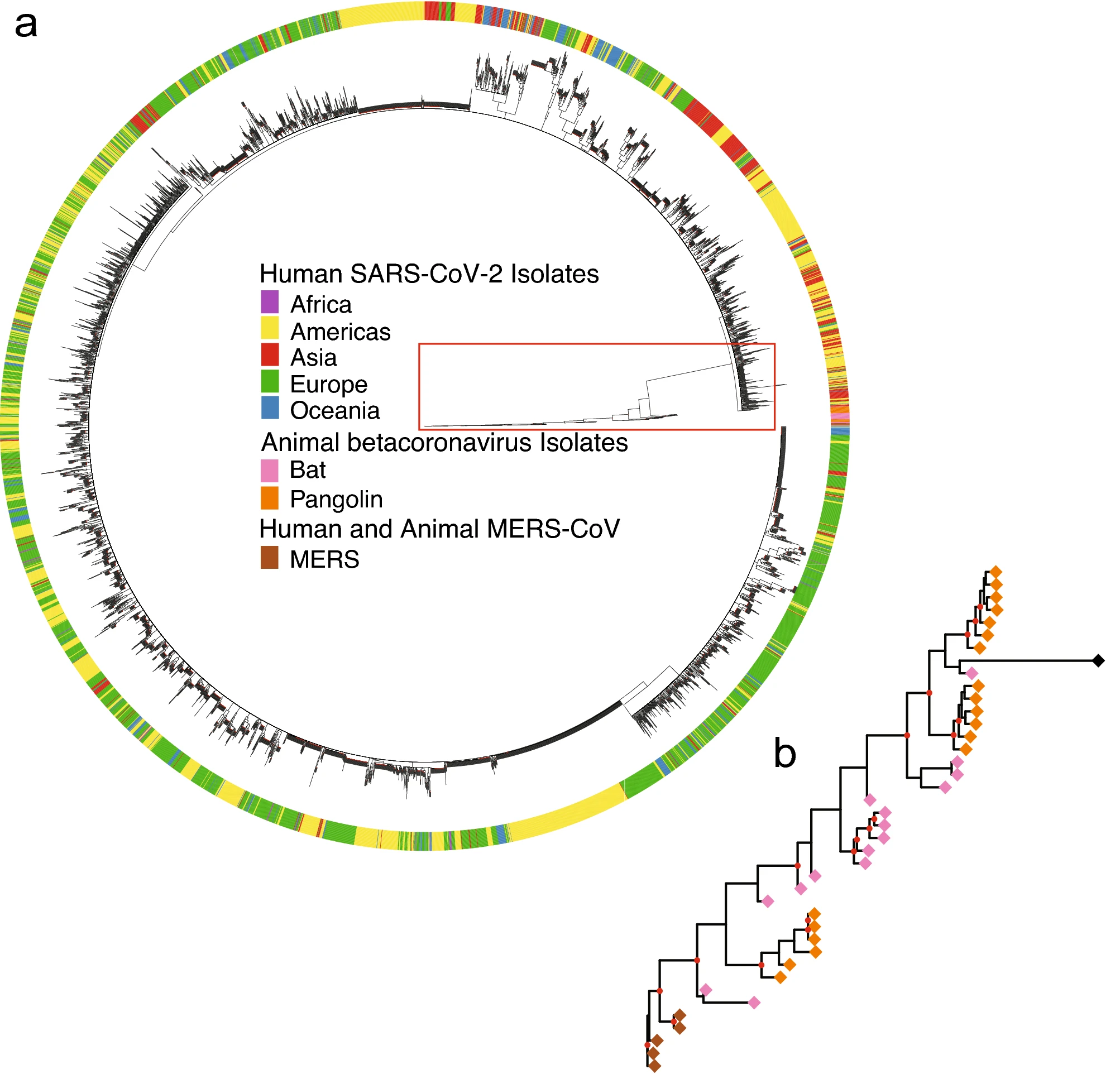For the Jukes-Cantor model, this solution is equivalent to
$$\begin{align} P_{ij}(t)=\begin{cases} 1/4+3/4e^{-4ut}, &i=j \\ 1/4-1/4e^{-4ut}, &i \ne j \end{cases} \end{align}$$
Let $\tau$ be the branch length measured in the expected number of substitutions per site. It can be shown that $ut = \beta \tau$ and $\beta = \frac{1}{-\sum_i \pi_i u_{ii}}$, in which $u_{ii}$ are diagonal values in the $Q$ matrix and $\{\pi_i, i=A,C,G,T\}$ are the limiting probabilities of $A,C,G,T$. Therefore, the transition probability for the Jukes-Cantor model in terms of branch length $\tau$ is given by
$$\begin{align} P_{ij}(t)=\begin{cases} 1/4+3/4e^{-4/3\tau}, &i=j \\ 1/4-1/4e^{-4/3\tau}, &i \ne j \end{cases} \end{align}$$
If the rate matrix $Q$ is standardized by $\beta$, then $Qt = Q'\tau$, where $Q'=Q\beta$ and $\tau=t/\beta$. The transition probability matrix can be expressed in terms of branch length $\tau$, i.e.,
$$P(\tau)=e^{Q'\tau}$$





